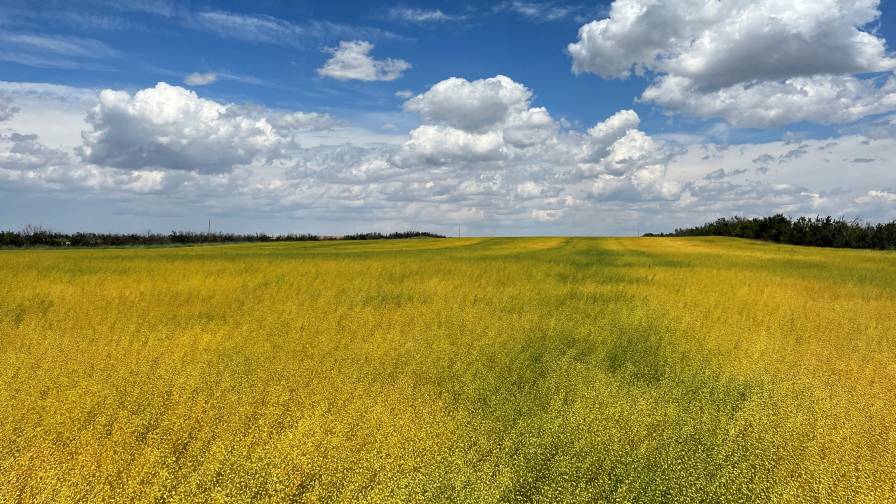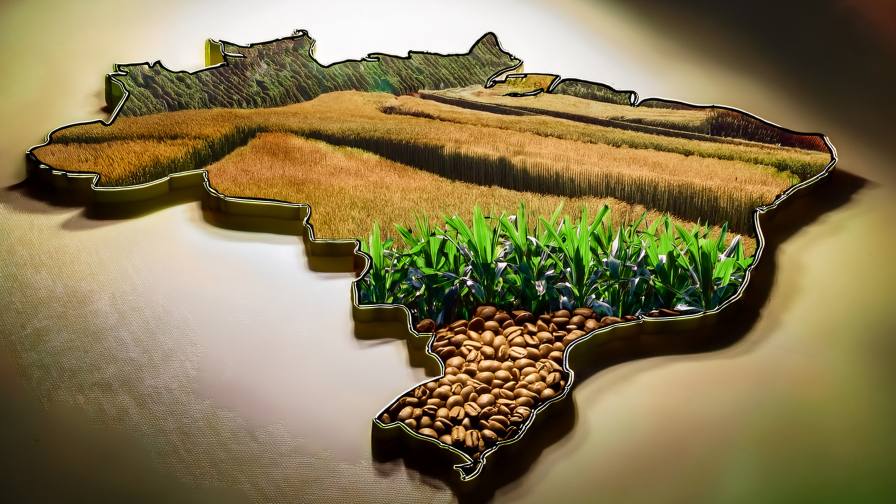Pakistan: Crops And Culture

Pakistan is an extensive country, sprawling across 77,088 thousand hectares. About 28% of that land is under cultivation. With 42% of the population involved in agriculture and farming accounting for around 21% of the country’s GDP, it is obviously a major part of life in Pakistan.
Pakistan employs one of the world’s largest irrigation systems, focusing on its main crops of rice, wheat, sugarcane, and cotton. These four crops, together with vegetables such as onions and potatoes, make up more than 75% of the total crop output value.
As is usual with these crops, fungicides and insecticides are commonly used. However, growers in Pakistan often look for the lowest priced products. M. Faheem, business development manager for Swat Agro, says that low pricing and lengthy product registration procedures are hindrances to sellers. “In order to fulfill market demand,” he continues, “many national and multinational companies are in contact with the cheapest markets all over the world, especially China.”
While Faheem foresees a positive year ahead for Pakistan, he is also realistic. “Poverty is the major phenomenon of the Third World. Fake suppliers are always a major setback. Afghanistan is a free trade zone for agricultural products and many fake products are entering into Pakistan offering cheaper prices and vice versa,” he says. Adding to the problem, Faheem advises that Pakistan suffers from a lack of concerned institutes and technical personnel regarding regulation, allowing unscrupulous characters to take advantage of the large, impoverished farming population.
Legitimate, low-cost manufacturers and suppliers to work with are greatly needed in Pakistan. Swat Agro found new partners through advertising and attending exhibitions worldwide; and, with two of Pakistan’s major imports as chemicals and fertilizer, it is a market ripe for the picking.





